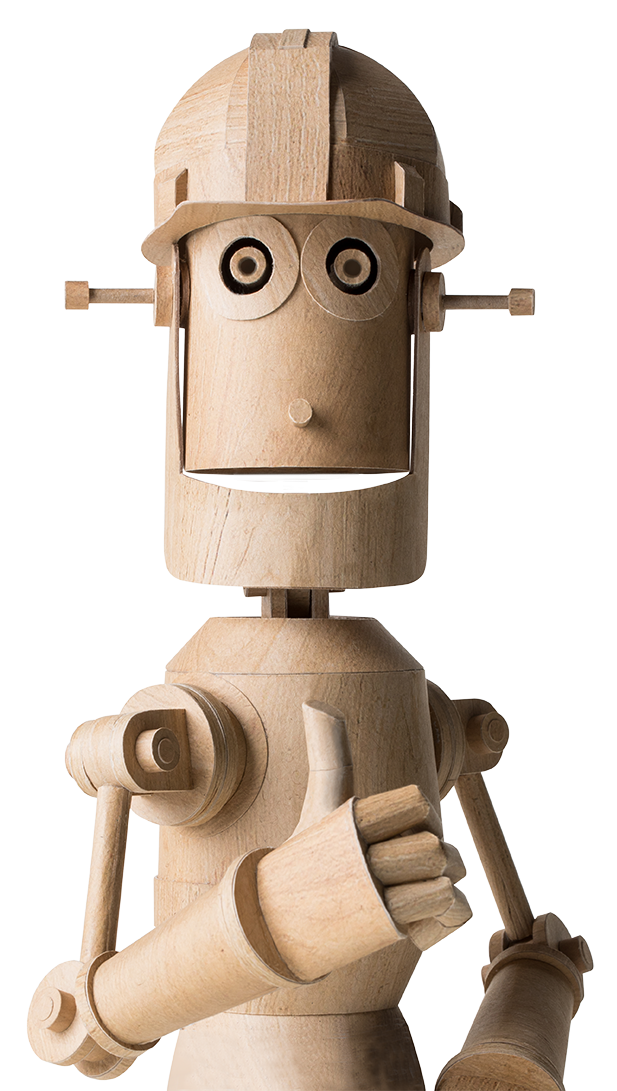Your blackbutt boards are relatively wide. Movement lengthwise is negligible and can be ignored, but timber movement across the grain is proportional to width. Movement can occur if the timber changes its moisture content in situ. In an air-conditioned environment in Melbourne timber products have a moisture content ranging from 7-10% with an average of 9% (CSIRO Forest Products Newsletter No. 357). Blackbutt has a "unit movement" factor of 0.37% per 1% change in moisture content, according to AS 1684.2. In the worst case scenario where the timber dries by 2%, from 9% to 7%, shrinkage movement would be 282 x 0.37% x 2 = 2.08mm. Increasing moisture content from 9% to 10% would result in expansion of 282 x 0.37% x 1 = 1.04mm. To be sure that the timber is properly acclimatised it will have to be checked at intervals with a moisture meter. Given that small levels of movement can still occur we recommend that slotted fixings are used. Presumably the boards will be stair treads, screwed to the steel from underneath. In this case one screw hole can be a tight fit while the other should be in a slotted hole. By this means the timber can "slide" a little horizontally via the slotted hole, while being held down to the steel vertically.
I have a client that would like us to build outdoor seating, however he insists on a timber that will not leach and stain his concrete floor. He suggested teak but it's very cost prohibitive. Not sure if any of the timbers listed will leach / stain. Spotted Gum, Blackbutt, Tallowwood, Cypress Pine, Iron Bark. Or could you please advise if other species would be preferable.

